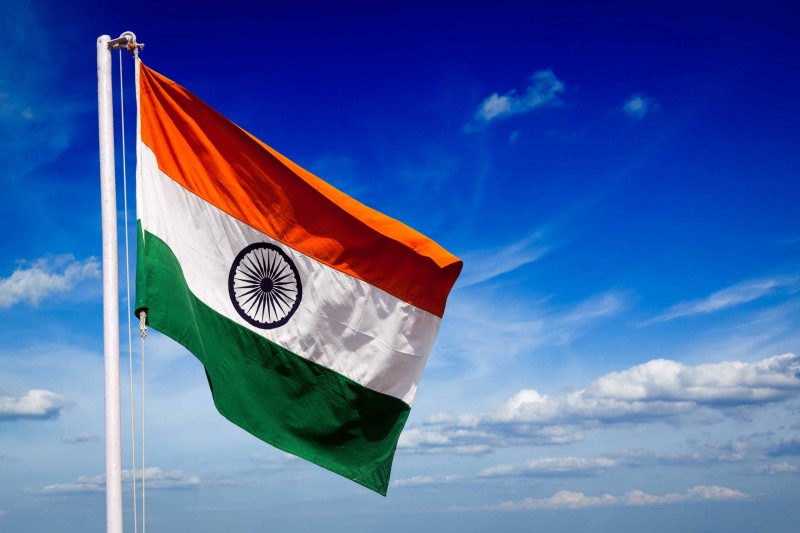
The Indian flag, with its vibrant tricolor design, holds great symbolism and pride for the nation. The flag's three horizontal stripes of saffron, white, and green, along with the Ashoka Chakra, represent various aspects of India's rich history, diverse culture, and its aspirations for the future. The tricolor design of the Indian flag with its saffron, white, and green stripes, along with the Ashoka Chakra, holds profound symbolism for the nation. Each color represents values that are integral to the Indian identity and aspirations. Saffron signifies courage and sacrifice, white represents truth and peace, and green symbolizes growth and prosperity. The Ashoka Chakra embodies unity, righteousness, and progress. Together, the tricolor flag embodies the diversity, strength, and the collective spirit of the Indian people, reminding them of their rich heritage and their shared vision for a bright future.
Saffron: The Spirit of Courage and Sacrifice
The topmost stripe of the Indian flag is saffron, a vibrant shade of orange. Saffron holds deep cultural and spiritual significance in Indian traditions. It symbolizes courage, sacrifice, and the spirit of renunciation. The color represents the strength and resilience of the Indian people, as well as their unwavering commitment to their principles and ideals.
White: The Path of Truth, Purity, and Peace
The middle stripe of the Indian flag is white, a color often associated with purity, truth, and peace. White represents the path of truth and righteousness that the nation seeks to follow. It signifies the importance of maintaining integrity, upholding justice, and fostering unity among diverse communities within India. The white stripe reflects India's commitment to peace, both domestically and on the global stage.
Green: The Growth, Prosperity, and Vitality of the Nation
The bottom stripe of the Indian flag is green, symbolizing growth, fertility, and vitality. Green represents the country's agricultural heritage and its aspirations for sustainable development. It signifies the importance of harmony with nature, the abundance of resources, and the progress and prosperity of the nation. The green stripe reflects India's commitment to environmental conservation and its pursuit of a prosperous future.
Ashoka Chakra: Unity, Dharma, and Progress
At the center of the white stripe lies the Ashoka Chakra, a navy blue wheel with 24 spokes. The Ashoka Chakra is inspired by the Lion Capital of Ashoka, a renowned ancient sculpture and a national emblem of India. The wheel represents progress, movement, and the eternal cycle of change. It symbolizes the principles of unity, righteousness, and Dharma (duty) that guide the nation towards prosperity and harmony.
also read - The Moon Landing Hoax Theories: Examining the Claims That the Moon Landing Was Staged
Samsung Galaxy Note 8: Unleashing the Power of Innovation and Productivity
France will become a Muslim nation by 2050..', Video of Maulana of Al-Aqsa Mosque virals